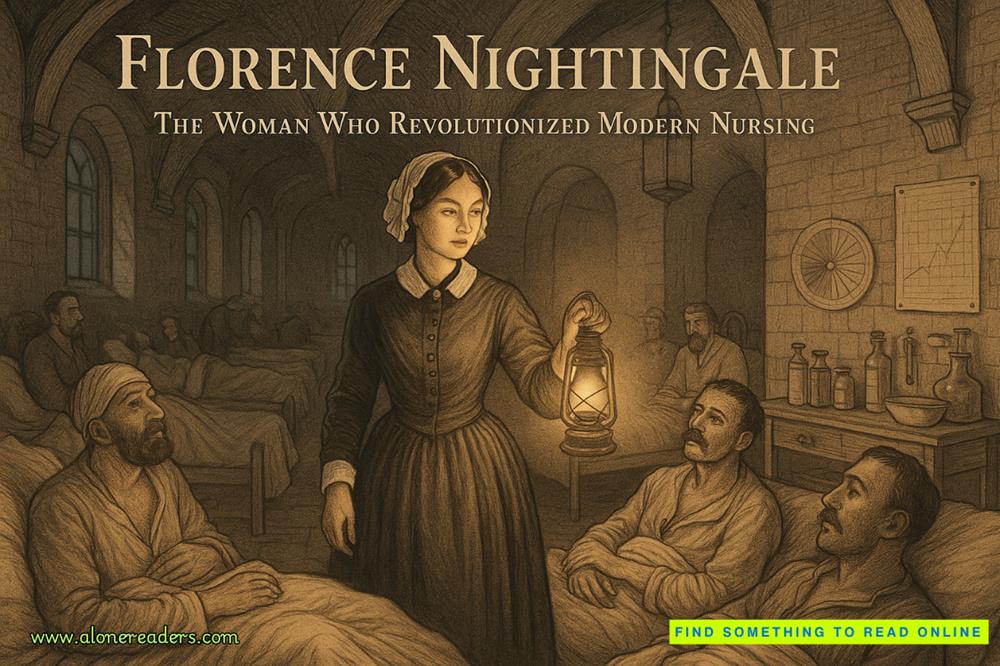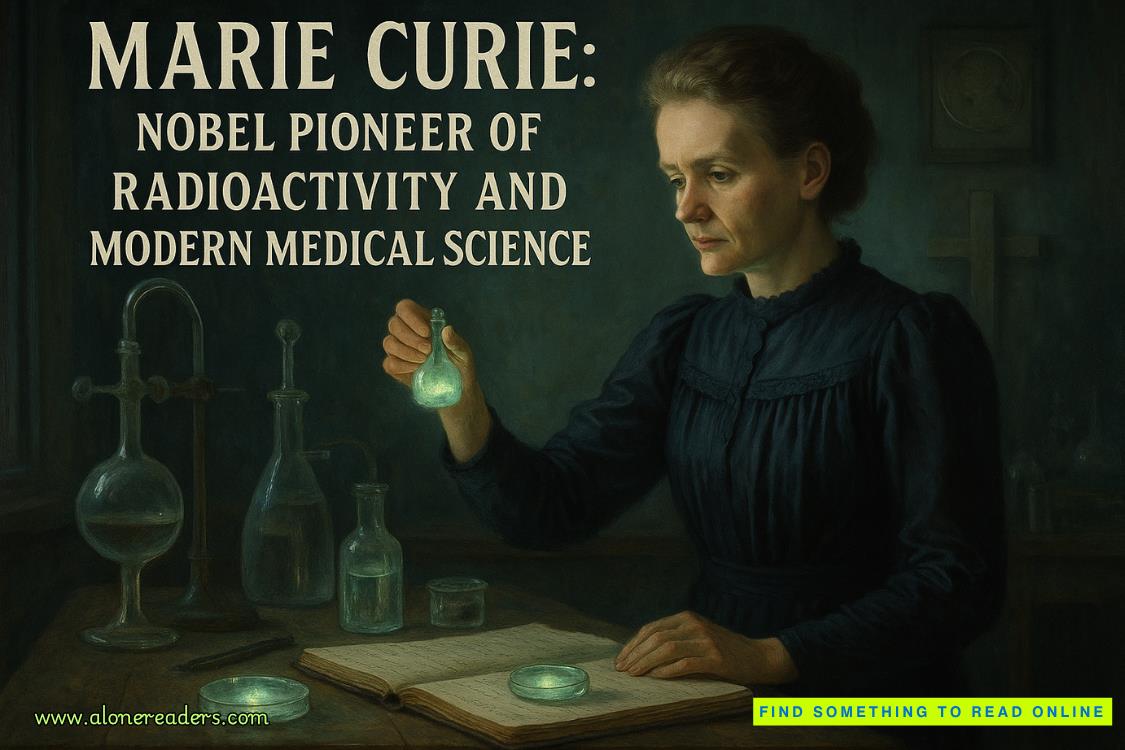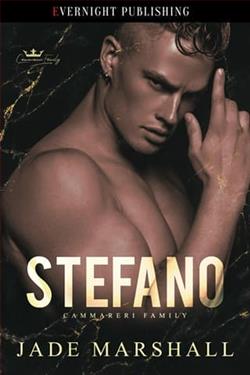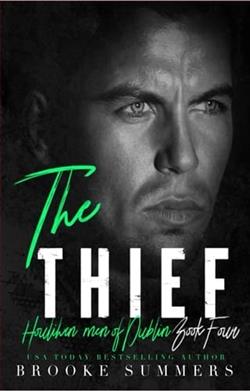Page 46 of Troubled Blood
“According to Roy, the age difference and the blood relationship ought to have constituted a total prohibition on the relationship in the minds of all decent people. But as we know, he managed to overcome those qualms seven years later.
“Lawson also interrogated Roy about the fact that Margot had met an old flame for a drink three weeks before she died. In his rush to exonerate Roy, Talbot hadn’t paid too much attention to the account of Oonagh Kennedy—”
“The friend Margot was supposed to be meeting in here?” said Robin.
“Exactly. Oonagh told both Talbot and Lawson that when Roy found out Margot had been for a drink with this old boyfriend, he’d been furious, and that he and Margot weren’t talking to each other when she disappeared.
“According to Lawson’s notes, Roy didn’t like any of this being brought up—”
“Hardly surprising—”
“—and got quite aggressive. However, after speaking to Roy’s doctors, Lawson was satisfied that Roy had indeed had a serious episode of bleeding after a fall in a hospital car park, and would have found it well nigh impossible to drive to Clerkenwell that evening, let alone kill or kidnap his wife.”
“He could have hired someone,” suggested Robin.
“They checked his bank accounts and couldn’t find any suspicious payments, but that obviously doesn’t mean he didn’t find a way. He’s a hematologist; he won’t be lacking in brains.”
Strike took a further swig of beer.
“So that’s the husband,” he said, flipping over the four pages of Roy’s statement. “Now for the old flame.”
“God above,” said Robin, looking down at another press photograph.
The man’s thick, wavy hair reached well past his shoulders. He stood, unsmiling, with his hands on his narrow hips beside a painting of what appeared to be two writhing lovers. His shirt was open almost to his navel and his jeans were skin tight at the crotch and extremely wide at the ankle.
“I thought you’d enjoy that,” said Strike, grinning at Robin’s reaction. “He’s Paul Satchwell, an artist—though not a very highbrow one, by the sounds of it. When the press got onto him, he was designing a mural for a nightclub. He’s Margot’s ex.”
“She’s just gone right down in my estimation,” muttered Robin.
“Don’t judge her too harshly. She met him when she was a Bunny Girl, so she was only nineteen or twenty. He was six years older than her and probably seemed like the height of sophistication.”
“In that shirt?”
“That’s a publicity photo for his art show,” said Strike. “It says so below. Possibly he didn’t show as much chest hair in day-to-day life. The press got quite excited at the thought an ex-lover might be involved, and let’s face it, a bloke who looked like that was a gift to the tabloids.”
Strike turned to another example of Talbot’s chaotic note-taking, which like the first was covered in five-pointed stars and had the same list of dates, with scribbled annotations beside them.
“As you can see, Talbot didn’t start with anything as mundane as ‘Where were you at a quarter to six on the night Margot disappeared?’ He goes straight into the Essex Butcher dates, and when Satchwell told him he was celebrating a friend’s thirtieth birthday on September the eleventh, which was when Susan Meyer was abducted, Talbot basically stopped asking him questions. But once again, we’ve got a date unconnected with Creed heavily circled at the bottom, with a gigantic cross beside it. April the sixteenth this time.”
“Where was Satchwell living when Margot disappeared?”
“Camden,” said Strike, turning the page to reveal, again, a conventional typewritten statement. “There you go, look, it’s in his statement to Lawson. Not all that far from Clerkenwell.
“To Lawson, Satchwell explained that after a gap of eight years, he and Margot met by chance in the street and decided to go for a catch-up drink. He was quite open with Lawson about this, presumably because he knew Oonagh or Roy would already have told them about it. He even told Lawson he’d have been keen to resume an affair with Margot, which seems a bit too helpful, although it was probably meant to prove he had nothing to hide. He said he and Margot had a volatile relationship for a couple of years when she was much younger, and that Margot finally ended it for good when she met Roy.
“Satchwell’s alibi checked out. He told Lawson he was alone in his studio, which was also in Camden, for most of the afternoon on the day Margot disappeared, but took a phone call there round about five. Landlines—far harder to monkey about with than mobiles when you’re trying to set up an alibi. Satchwell ate in a local café, where he was known, at half past six, and witnesses agreed they’d seen him. He then went home to change before meeting some friends in a bar around eight. The people he claimed to have been with confirmed it all and Lawson was satisfied that Satchwell was in the clear.
“Which brings us to the third, and, I’d have to say, most promising suspect—always excepting Dennis Creed. This,” said Strike, moving Satchwell’s statement from the top of a now greatly diminished pile of paper, “is Steve Douthwaite.”
If Roy Phipps would have been a lazy casting director’s idea of a sensitive poet, and Paul Satchwell the very image of a seventies rock star, Steve Douthwaite would have been hired without hesitation to play the cheeky chap, the wisecracking upstart, the working-class Jack the Lad. He had dark, beady eyes, an infectious grin and a spiky mullet that reminded Robin of the young men featured on an old Bay City Rollers LP which Robin’s mother, to her children’s hilarity, still cherished. Douthwaite was holding a pint in one hand, and his other arm was slung around the shoulder of a man whose face had been cropped from the picture, but whose suit, like Douthwaite’s, looked cheap, creased and shiny. Douthwaite had loosened his kipper tie and undone his top shirt button to reveal a neck chain.
“Ladykiller” Salesman Sought Over Missing Doctor
Police are anxious to trace the whereabouts of double-glazing salesman Steve Douthwaite, who has vanished following routine questioning over the disappearance of Dr. Margot Bamborough, 29.
Douthwaite, 28, left no forwarding address after quitting his job and his flat in Percival Street, Clerkenwell.
A former patient of the missing doctor’s, Douthwaite raised suspicion at the medical practice because of his frequent visits to see the pretty blonde doctor. Friends of the salesman describe him as “smooth talking” and do not believe Douthwaite suffered any serious health issues. Douthwaite is believed to have sent Dr. Bamborough gifts.















